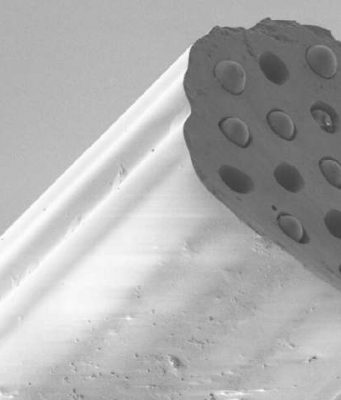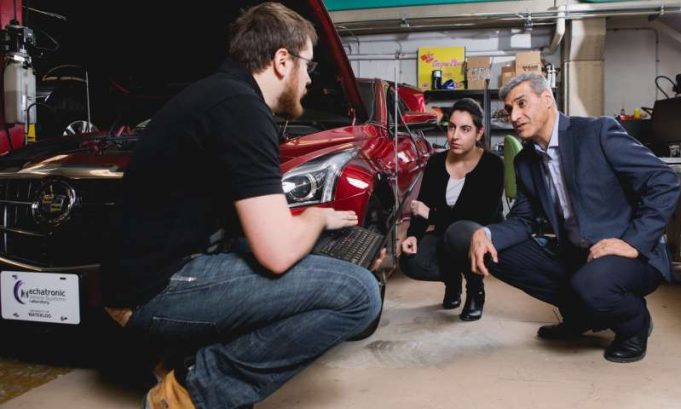This month scientists published rare footage of one of the Arctic's most elusive sharks. The findings demonstrate that, even with many technological advances in recent years, it remains a challenging task to document marine life up close.
But MIT computer...
Technology developed at the University of Waterloo reliably and affordably increases the efficiency of internal combustion engines by more than 10 per cent.
The product of a decade of research, this patented system for opening and closing valves could significantly...
Someday we won't need curtains or blinds on our windows, and we will be able to block out light -- or let it in -- with just the press of a button. At least that's what Keith Goossen, associate...
When it comes to soft, assistive devices -- like the exosuit being designed by the Harvard Biodesign Lab -- the wearer and the robot need to be in sync. But every human moves a bit differently and tailoring the...
Cornell researchers are taking 3-D printing and 3-D modeling to a new level by using augmented reality (AR) to allow designers to design in physical space while a robotic arm rapidly prints the work.
"Instead of designing 3-D models on...
When they turn up in family pantries or restaurant kitchens, cockroaches are commonly despised as ugly, unhealthy pests and are quickly killed. But in the name of science, Johns Hopkins researchers have put these unwanted bugs to work.
In a...
New research has demonstrated how the nano-architecture of a silkworm's fiber causes "Anderson localization of light," a discovery that could lead to various innovations and a better understanding of light transport and heat transfer.
The discovery also could help create...
Using a new technique they call 'in-air microfluidics', University of Twente scientists succeed in printing 3D structures with living cells. This special technique enable the fast and 'in-flight' production of micro building blocks that are viable and can be...
The rapid development of flexible and wearable electronics is giving rise to an exciting range of applications, from smart watches and flexible displays--such as smart phones, tablets, and TV--to smart fabrics, smart glass, transdermal patches, sensors, and more. With...
3-D printing has come a long way since the first "rapid prototyping" patent was rejected in 1980. We've evolved from basic designs to a wide range of highly-customizable objects. Still, there's a big issue: once objects are printed, they're...
Accurately measuring electric fields is important in a variety of applications, such as weather forecasting, process control on industrial machinery, or ensuring the safety of people working on high-voltage power lines. Yet from a technological perspective, this is no...


















